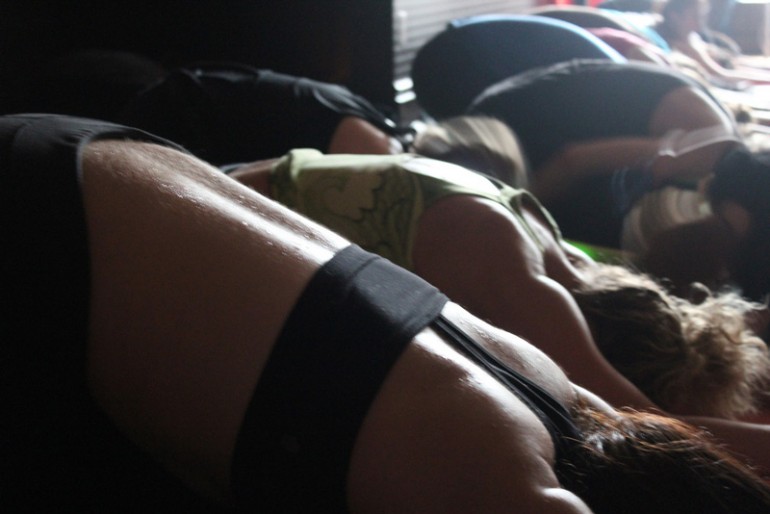
Is Hot Yoga Safe?
Is Hot Yoga Right For Me?
What is Hot Yoga? What are Its Benefits?
While the risk of hot yoga resides within the high temperatures, this is also the reason why the exercise can be so therapeutic and beneficial for the mind and body. Temperatures can be as high as 105 degrees Fahrenheit when practicing hot yoga. Because of these high temperatures, there is an increase in flexibility and blood flow during the practice of hot yoga in comparison to conventional yoga. The heat causes muscles to relax and extend with increased blood flow. This is beneficial for yogi’s in moderation. Since it is much easier to increase muscle flexibility in hot yoga, an experienced yogi might not recognize signs that overexertion is occurring in the muscles and leading to muscle tear. To avoid this, an inexperienced yoga practitioner should not try to increase flexibility in hot yoga anymore than in their standard yoga practices. In fact, it would be best to decrease focus on flexibility during the initial hot yoga practices. For experienced hot yogis, hot yoga is an opportunity to increase flexibility where standard yoga practice could not relax muscles.
Over time, a moderate transition to hot yoga can be highly beneficial to flexibility. Hot yoga can also be a very relaxing and encouraging form of meditation. For yogis that enjoy high temperatures, hot yoga can help achieve a different level of meditation. Hot yoga increases temperature and affects blood flow, flexibility and meditation. Careful attention should be given to the experience level of the yogi when considering what aspect of the practice to pay attention to. When practiced in moderation, yoga can increase flexibility and encourage meditation.
